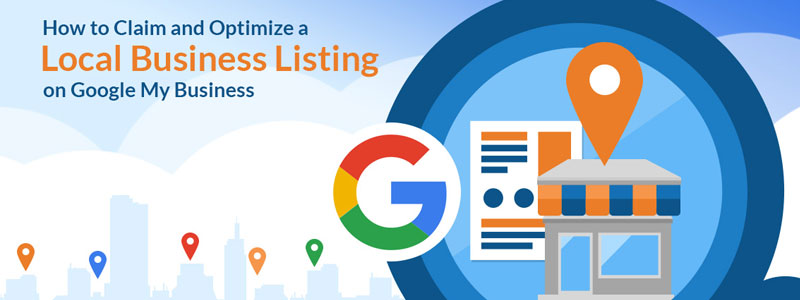A plugin is defined as a piece of software that can be added to your WordPress website for adding additional features and extending functionalities. They are written in PHP programming language and can seemingly integrate with WordPress.
Some of the WordPress plugin considerations are:
- Popular
Only popularity doesn’t guarantee that plugin is free from issues. Even some of the most popular plugins are the sources of catastrophic issues and needless code in web pages.
Popularity along with some other factors assure that the plugin is trustworthy and works reasonably well.
- Vetted
WordPress provides trusted free plugins to be downloaded on official plugin repository and that is y free plugin should be vetted by WordPress.
WordPress can also remove the download from the repository if any issue seems to occur. The issues may be related to vulnerability and other things as outlined in WordPress Plugin Guidelines.
It is not assured that WordPress is the perfect system for installing a plugin, but it seems safer than downloading a plugin in official WordPress depository.
iBase Solutions is one of the best WordPress Design and Development Company in Hyderabad
Premium plugins are the paid plugins from reputed companies and they have both paid version and free version. The fact is a free version that has been vetted by WordPress are assured with some kind of quality control.
The premium plugins undergo self-testing and are generally safe to purchase and download.
- Regular updates through Changelog
Every WordPress page containing plugins notes when the last plugin was updated and sometimes this might not take place because the function it performs may be relatively simple.
As WordPress is constantly updating, some plugins may be abandoned if they are been not updated with the current version or the version of PHP that your website is running in.
- The Healthy plugin is indicated by Support Feedback
Every plugin page of the WordPress plugin repository consists of a support page where pieces of evidence are provided regarding the ongoing issues of the plugin. Typical issues may be regarding the code conflicts with other plugins and sometimes WordPress templates need to be changed for the proper functioning of the website.
In this way, the support page reveals all the issues before discovering them in a hard way.
- It can overlap with an installed plugin
When two or more plugins are designed to perform the same task, they are the chances that they can overlap. This generally takes place with speed optimization plugins and structured data.
This may generally happen because of stuffing more number of plugins into the website than needed. It is quite important to use as few plugins as possible because overloading of plugins may even result in slow performance of the server.
Even a plugin designed to speed up your site may lag behind if they are designed to work at the same time.
How to choose WordPress Plugins
The five consideration that is listed above is not the complete list to be considered. There are even some other factors like:
- User Reviews
- The reputation of the company
- Checking whether the plugins are over engineered
- Over usage of plugins
- The functionality of the server and so on






